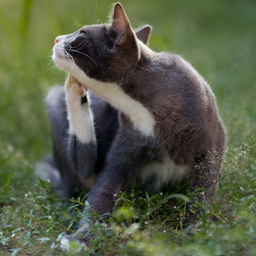TICKVET
Text: MVDr. Miroslava Můčková Uzlová, Photo: photo banks
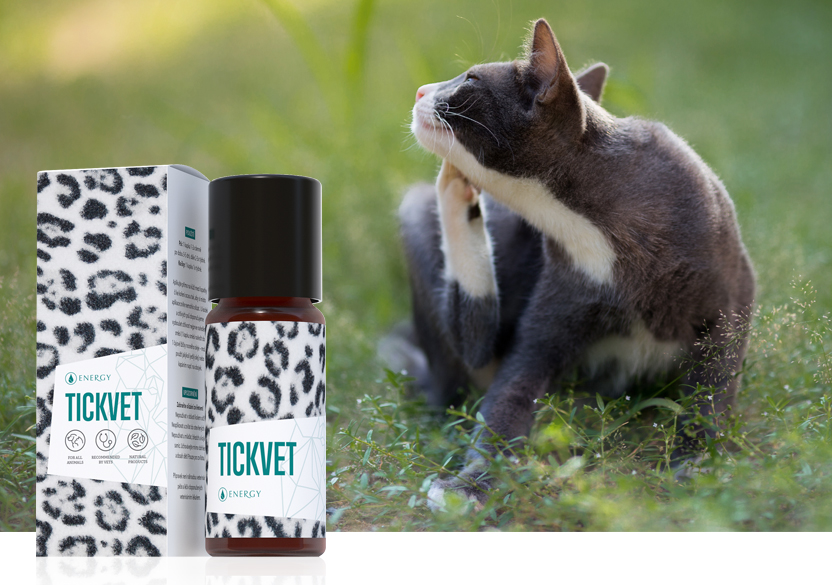
Tickvet is a natural veterinary product to repel bloodsucking insects, especially fleas and ticks. This veterinary product is a completely animal- and environmentally friendly product. It contains only selected essential oils. Apply directly to the skin between the shoulder blades or to the root of the tail so that the animal cannot lick the application site.
Tickvet has been developed specifically for the capacity of essential oils to repel insects, especially fleas and ticks. Why use repellent flea and tick products for dogs?
The repellent effect is now very important, and yet many flea and tick products do not have it. Neither tablets nor collars have repellent effects on ticks and fleas, only some of the spot-ons.
What does repellent mean? This means that it will repel fleas, and especially ticks, so much that they do not bite the animal.
“According to new studies, the transmission times of certain pathogens spread by ticks are known to be signifi cantly lower than anticipated.”
MVDr. Miroslava Můčková Uzlová, a veterinary doctor
In Tickvet, we used the effects and power of essential oils. Essential oils have other benefits than repelling insects. For example, they can improve skin and coat quality, have anti-inflammatory effects and many more. In addition, they affect the psyche, which in many cases is invaluable. If essential oils are purely natural, mixed in the right proportions and applied in the recommended way, they do not burden the animal metabolism in the way that synthetically produced preparations do.
Essential oils are mixtures of substances that occur naturally in plants, in virtually all their parts. They are most often obtained by distillation of plants. Distillation produces essential (flower) water, or hydrolate, on the surface of which the essential oil floats. This oil is a highly concentrated mixture of various substances that have a variety of uses. Their effects can be antibacterial, antiviral, antifungal, anti-inflammatory, painkilling and many others. Either single-species essential oils or mixtures thereof can be used.
There are many uses, from external (ointments, compresses, sprays, etc.) to internal (inhalation, swallowing). The most commonly recommended method of using essential oils in animals is diffusing, i.e. dispersing droplets of essential oil into the air using diffusers, and preferably using diffusers that release essential oils using water vapour.
In order to use their effects, we should at least familiarise ourselves with the basic rules of use. For application of essential oils to animals, it is also necessary to know the differences between species (e.g. never drip essential oil mixed with a carrier oil on feathers in birds, in cats it is necessary to know which essential oils are toxic for the cat, etc.).
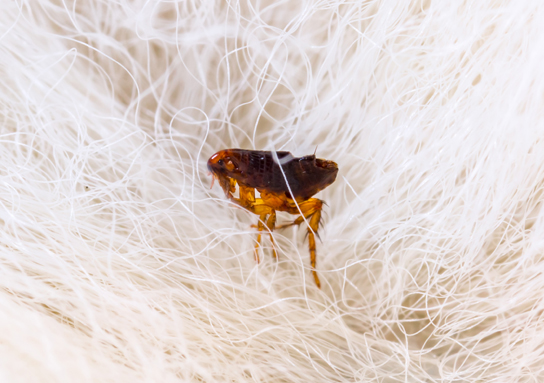
It is recommended to apply Tickvet directly to the skin between the shoulder blades or to the base of the tail, so that the animal cannot lick the application site. For a cat, onto the skin between its ears. For cats and sensitive dogs, we recommend testing sensitivity first by diluting the mixture (1 drop of mixture diluted into 1 teaspoon of carrier oil, any edible oil can be used) or dripping e.g. on a collar. Before the first use of the product, I recommend monitoring the animal’s behaviour after you open the bottle; in the second step I recommend putting a drop in your palm and letting the animal smell it; the third stage should be to rub a drop of the mixture in the palm of the hand and then apply it to the back of the animal or between the ears. Although the composition of the mixture should theoretically not bother animals, it is necessary to accept the fact that animals are unique, not only in species but also individually, and that what smells and feels good to one individual can significantly stress another individual. The principle of respecting the wishes and needs of a particular individual always applies.
Recommended dosage is:
Dogs: 1 drop 1–2 times a day for 3–5 days, then 2–3 times a week.
Warning: Avoid being licked by the animal! Do not use around the eye area! Do not apply to open wounds! Do not use on young animals nor on pregnant or lactating females.
“Especially for cats, but also for other animals, and after all for yourself, do not use cheap alternatives to essential oils and hydrolates.”
MVDr. Miroslava Můčková Uzlová, a veterinary doctor
The main pathogens transmitted by European tick species include:
Boreliaburgdorferi (Lyme disease, within 24 h, Hynote et al. 2012)
Anaplasmaplatys
Phagocytophilum (within 24 h)
Babesiacanis (within 8 h, Varloud et al. 2018)
Babesiavogeli
Ehrlichiacanis (within 3 h, Fourie et al. 2013)
At the same time, efforts were made to maintain safety not only for dogs, but also for cats. What we must definitely pay attention to, when choosing essential oils for cats, is the content of certain substances. Cats have a deficient metabolism of toxic substances in the liver compared to other species.
Author of the article
MVDr. Miroslava Můčková Uzlová
Graduated from the University of Veterinary and Pharmaceutical Sciences in Brno. She worked in veterinary administration in various positions, then at a veterinary clinic in Plzeň, and now has a small village veterinary clinic. She has been working with Energy products for several years.

Psychosomatics in veterinary medicine
Psychosomatics is nowadays a recognized field of medicine, especially in human medicine, but also in veterinary medicine is...
Read the article
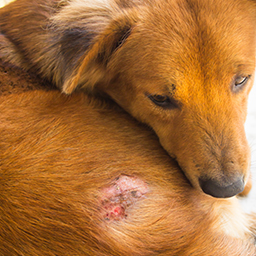
Imunovet and healing of open wounds
There are situations where it is not reasonable to put the dog under anesthesia to suture the laceration. Or situations where...
Read the article
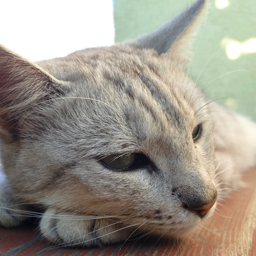
Hyperthyroidism of cats
Hyperthyroidism, or pathologically elevated thyroid function, is the second most common endocrinopathy in cats. The cause is usually...
Read the article
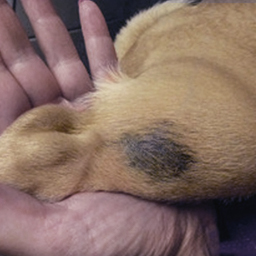
Patch after tick bite, coat renewal
The castor bean tick, Ixodes ricinus, is an arachnida known to belong to the Ixodidae family. We know...
Read the article
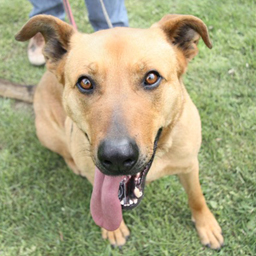
Dogs in Heat
IT’S SPRING... and with it female dogs being in heat. Or what to do with the male dog when the female dog is in heat?
Read the article
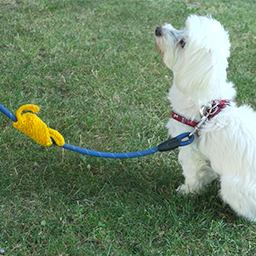
Yellow ribbon
A yellow bow or ribbon indicates a dog who, for a variety of reasons, needs to be given space.
Read the article
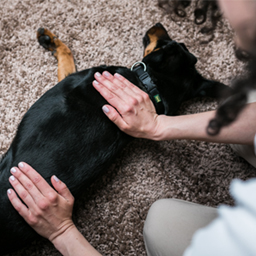
Touches that bring relief
When I first applied a butterfly massage to an animal, I believed in its power. Not by chance did I find ...
Read the article
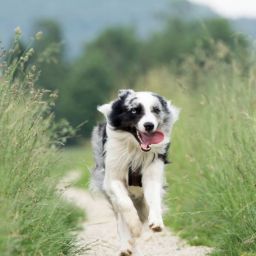
Ticks
It is spring, it is getting warmer, and we need to think about protecting our four-legged friends from ticks. And since we will now be seeing more of ...
Read the article
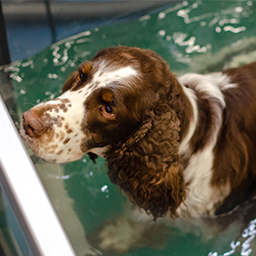
Aquatherapy / Hydrotherapy and Kingvet
Physiotherapy and rehabilitation for animals focuses on the diagnosis, treatment, and prevention of ...
Read the article
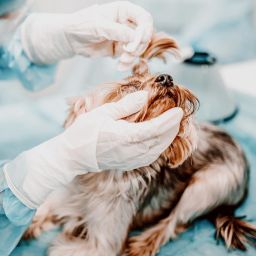
Eye examination in animals
The examination of animal eyes is very similar to the examination of human eyes and should be part of the basic examination, as general disease is associated with ocular involvement in many cases.
Read the article

Warts on puppies
Warts on young dogs are most often of infectious origin, caused by the papillomavirus. They are contagious to other dogs (not to other animal species or humans).
Read the article
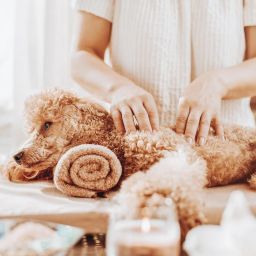
Metamorphic technique for animals
The metamorphic technique, known as butterfly massage, is a gentle harmonizing technique that is applied to the spinal reflex zones on the feet, hands and head in humans.
Read the article
